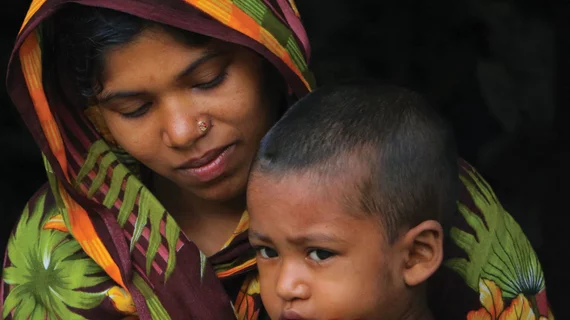Machine learning detects autism in disadvantaged children 8,000 miles away
Stanford researchers have demonstrated a way to remotely diagnose autism in children in Bangladesh.
Their approach combines mobile video captured on smartphone at a Bangladeshi hospital with machine learning detection methods, and it could point the way to early detection of all sorts of developmental conditions in under-resourced parts of the world.
The team described their work in a study published April 24 in the Journal of Medical Internet Research.
Dennis Wall, PhD, and colleagues worked with Naila Khan, PhD, MBBS, of Dhaka Shishu Children’s Hospital in Bangladesh to improve on their previously validated machine-learning classifiers for this task.
The added component was a new technique for adaptive aggregation of crowdsourced labels. The achieved enhancement was better utility and performance of the model on the strength of two new classification layers.
The first layer distinguishes between typical and atypical behavior while the second layer distinguishes between autism spectrum disorder (ASD) and non-ASD, the authors explained. Classification scores are aggregated from different clinicians and weighted by level of expertise.
The children on whom the new technique was tested were split into two groups. All were under 4 years old. Members of one group had known ASD, while those in the other had speech and language conditions but not ASD.
Using the refined approach, the team achieved diagnostic accuracy of 76% for identifying atypical children from among developmentally delayed children and an accuracy of 85% for identifying children with ASD from those with other types of developmental challenges.
“These results show promise for using a mobile video-based and machine learning-directed approach for early and remote detection of autism in Bangladeshi children,” Wall et al. concluded. “This strategy could provide important resources for developmental health in developing countries with few clinical resources for diagnosis, helping children get access to care at an early age.”
They called for more research to expand the technique to a range of other developmental conditions, disabilities and impairments that, when found early, can be treated efficaciously.
The study is available in full for free.

